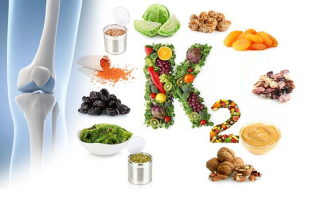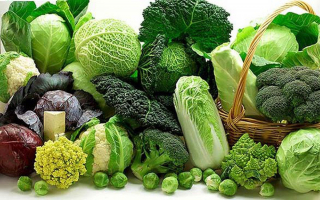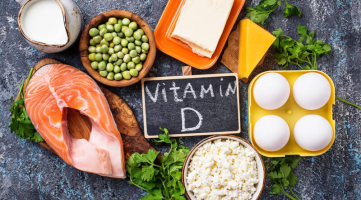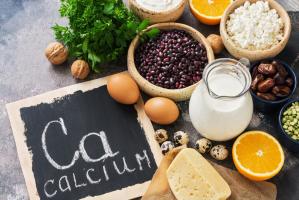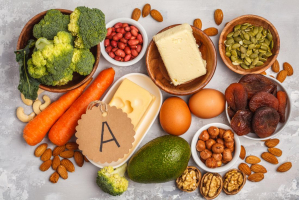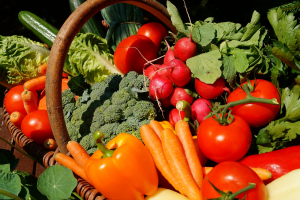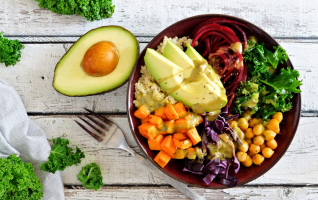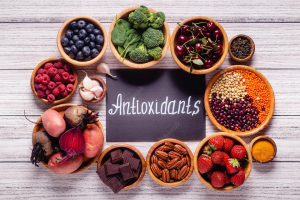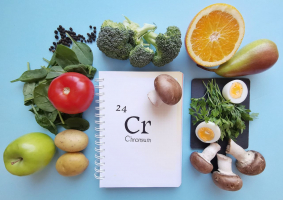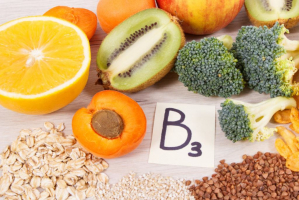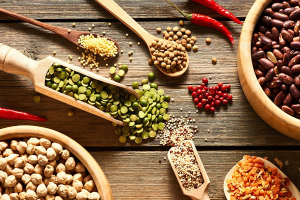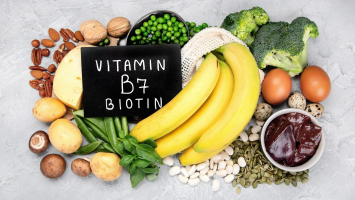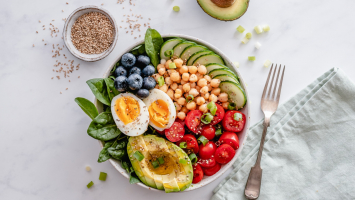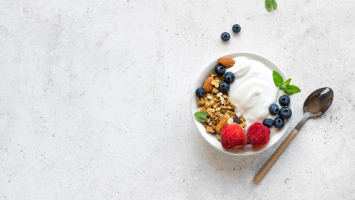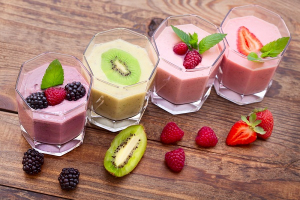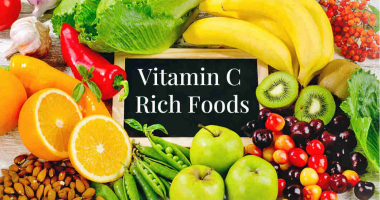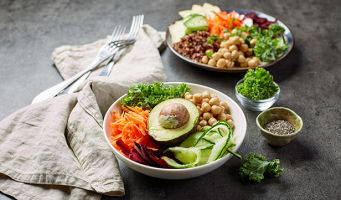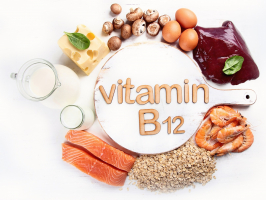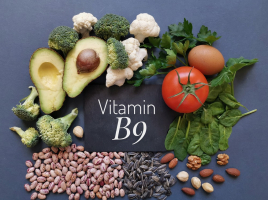Top 10 Best Foods High In Iron
If you’ve been told you’re not getting enough iron, you’re not alone. Iron deficiency is the most common nutritional deficiency globally — especially among ... read more...children and pregnant women — and the only nutrient deficiency that is widely prevalent in developed countries, according to the World Health Organization. That’s a problem because the mineral plays a number of critical roles in the body. The good news is that a lot of common foods contain iron — from oysters and pumpkin seeds to fortified cereals and red meat. Here are 10 foods high in iron that can help you get all of the mineral you need.
-
Eggs, Red Meat, Liver, and Giblets are the healthy foods That Are Great Sources of Iron. According to the USDA, many animal proteins contain heme iron, including ground beef (4 ounces of 93 percent lean ground meat provides 2.63 mg, making it a good source), eggs (1.68 mg in two large eggs), turkey (1.23 mg per 3 ounces of dark-meat turkey), and pork loin (1.23 mg per 3 ounces of dark-meat turkey) (just over 0.5 mg per 3 ounces).
Iron is abundant in organ meats such as liver and giblets. 113 grams of chicken giblets, for example, provide 6.1 mg of iron, making it a great source. Meanwhile, liver provides a significant amount of iron. Another good source of iron is swine liver, which has 6.61 milligrams per ounce. Avoid liver if your cholesterol is high or if you are pregnant. According to MedlinePlus, liver is high in cholesterol (1 ounce contains 85.3 mg), and research has linked consuming liver to birth abnormalities.
Animal organs including liver, kidney, brain and heart are rich in iron. A piece of beef liver weighing about 100 grams can contain up to 6.5 milligrams of iron, accounting for 36% of the body's needs. Animal organs are also rich in protein, B vitamins and copper, especially the liver contains a lot of vitamin A, which has a very dark effect on the eyes.
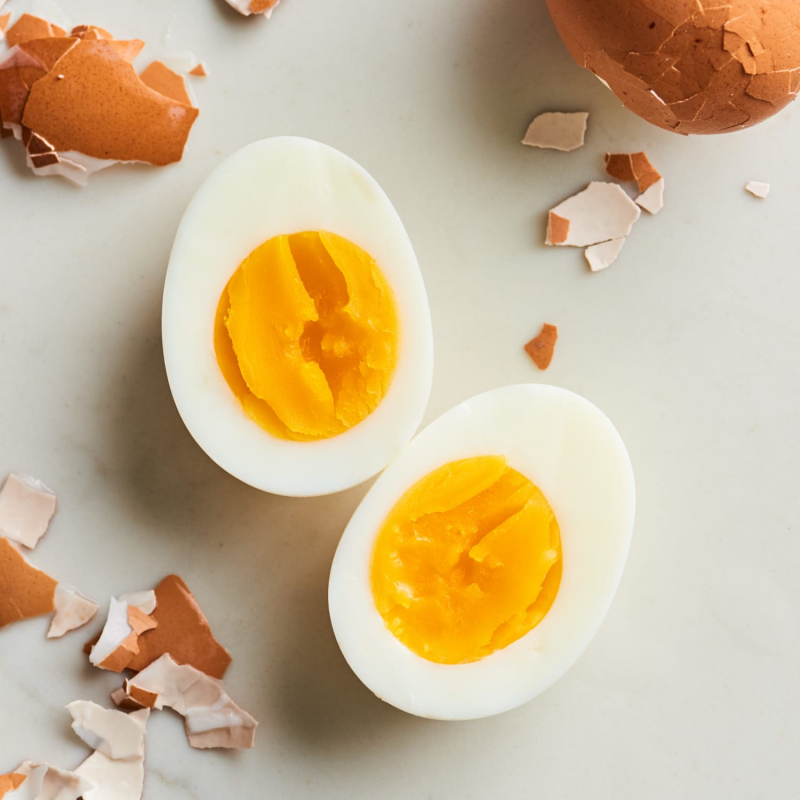
thekitchn.com 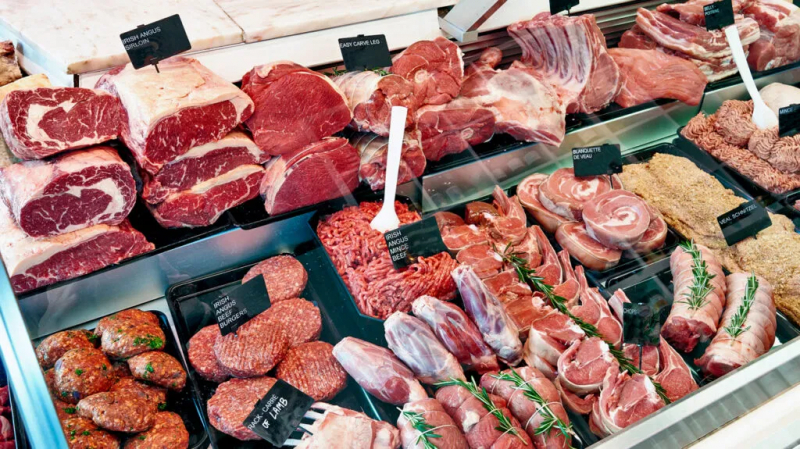
thekitchn.com -
Oysters, Mussels, and Clams ranks 2nd on the list of foods high in iron. Spend a little extra on the seafood starter, which comes with a healthy dose of iron. According to the Harvard T.H. Chan School of Public Health, bivalve mollusks including clams, mussels, and oysters are high in the essential vitamin. Five raw oysters provide 3.23 mg of iron, according to the USDA, making them a good source. They're also high in zinc (27.5 mg) and vitamin B12 (6.1 mcg), all of which are important nutrients.
All shellfish is high in iron, but clams, oysters, and mussels are particularly good sources. For instance, a 3.5-ounce (100-gram) serving of clams may contain up to 3 mg of iron, which is 17% of the DV. However, the iron content of clams is highly variable, and some types may contain much lower amounts.
Zinc helps the immune system fight viruses and bacteria, and vitamin B12 keeps nerve and blood cells healthy, according to the National Institutes of Health. According to the Mayo Clinic, if oysters, mussels, and clams aren't on your usual menu, other types of shellfish contain iron. According to the USDA, 3 oz. of chinook salmon contains 0.2 mg of iron.
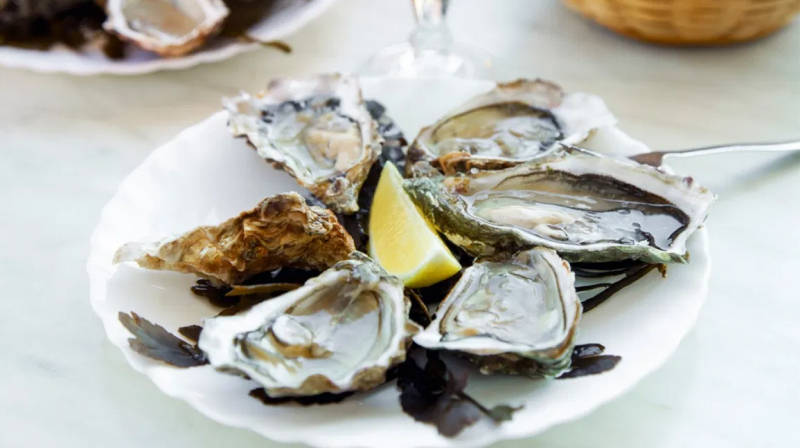
thespruceeats.com 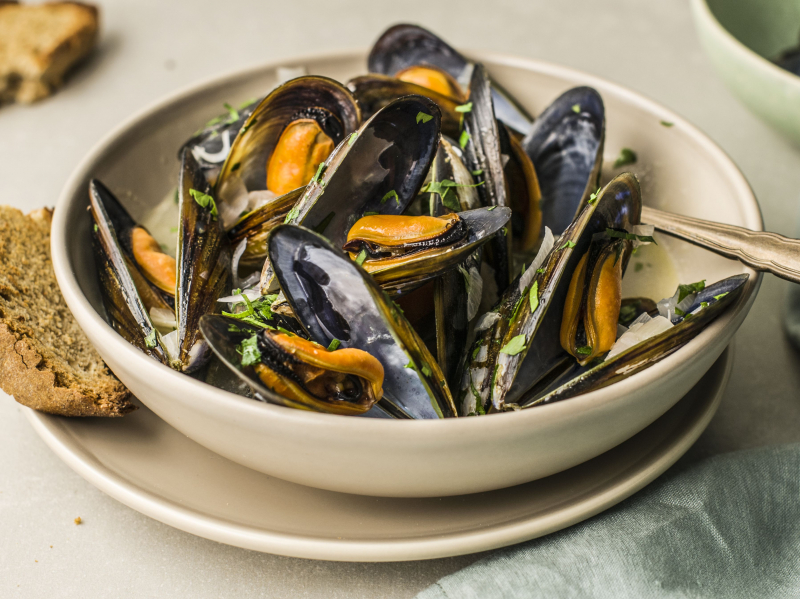
thespruceeats.com -
Chickpeas ranks 3rd on the list of foods high in iron. Although animal products are considered to be high in iron, plant-based staples can also help you achieve your objective. According to the USDA, chickpeas supply 3.7 mg of iron per cup, making them a great source. They're also high in lean, plant-based protein, with 14.6 g per cup.
Chickpeas, also known as garbanzo beans, are a delicious complement to salads and pasta meals, and they may also be used to make salsa in an unusual way. If the texture bothers you, purée chickpeas to make a homemade iron-rich hummus. Adding lemon juice to your hummus can boost the vitamin C content of the snack and make it easier for your body to absorb the non-heme iron in the legumes. According to the Mayo Clinic, eating an iron-rich meal with a vitamin C–rich food improves your body's capacity to absorb iron.
Peas, lentils, soybeans... are ideal sources of iron for vegetarians. One cup of cooked lentils (about 198 grams) contains 6.6 milligrams of iron, equivalent to 37% of the body's needs. Legumes are also a good source of folate, magnesium, and potassium. Moreover, many studies show that they also work to reduce inflammation in people with diabetes, reduce the risk of cardiovascular diseases and aid in weight loss thanks to their high content of soluble fiber.
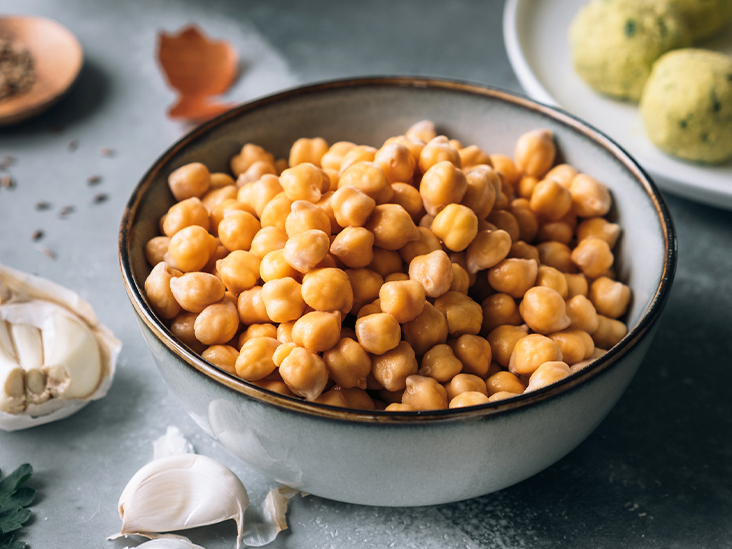
healthline.com 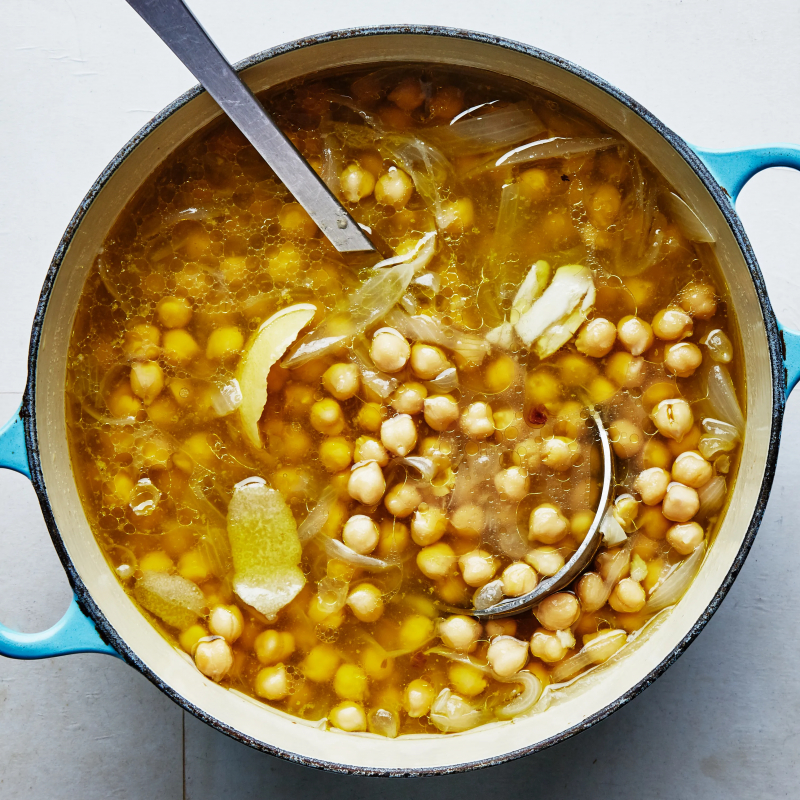
bonappetit.com -
Do you prefer a bowl of cereal for breakfast? To start your day with a dose of iron, choose a fortified version - the Mayo Clinic advises it as a method to increase your iron intake. The quantity of iron in each serving may be seen on the nutrition label. (Also, choose the package with the least quantity of sugar added.) Fortified Breakfast Cereals ranks 4th on the list of foods high in iron.
Raisin bran offers 9.39 mg of iron per cup, according to the USDA, making it a great source. It's also a good source of fiber, which is a frequent feature of fortified grains. Dietary fiber, according to the Mayo Clinic, can help alleviate constipation and reduce your risk of diabetes and heart disease.
The following foods should be avoided for breakfast cereals, as they are high in fat, refined sugar, and calories:
- Sugary foods: cakes, cookies, cakes, candies, cookies, pancakes, waffles
- Fruit: fruit juices, fruit desserts like banana or cherry pie
- Vegetables: French fries
- Protein: fatty meats, egg yolks, battered or fried meats like fried chicken, pork sausages and bacon
- Full fat milk: full fat milk, full fat yogurt, cream, whipped cream, sour cream, full fat cheese
- Fats: butter, bulk oils, full-fat mayonnaise
A diet rich in whole grains and fiber has the potential to aid short-term weight loss if taken correctly.
However, it can be high in sugar and low in calories, protein, and healthy fats. If you're looking to lose weight long-term, more balanced diet plans may be a better and more sustainable choice.
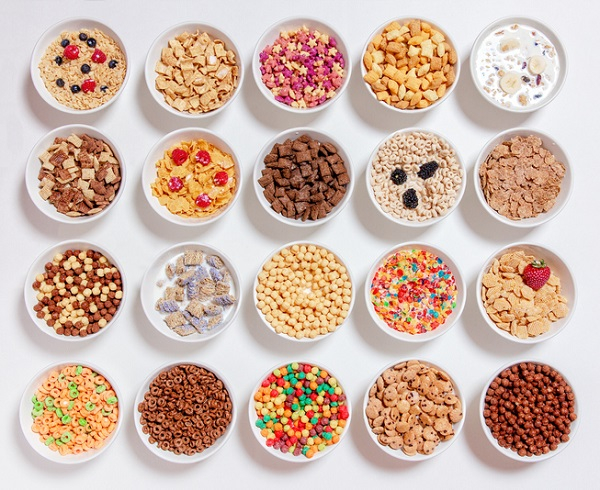
aaps.ca 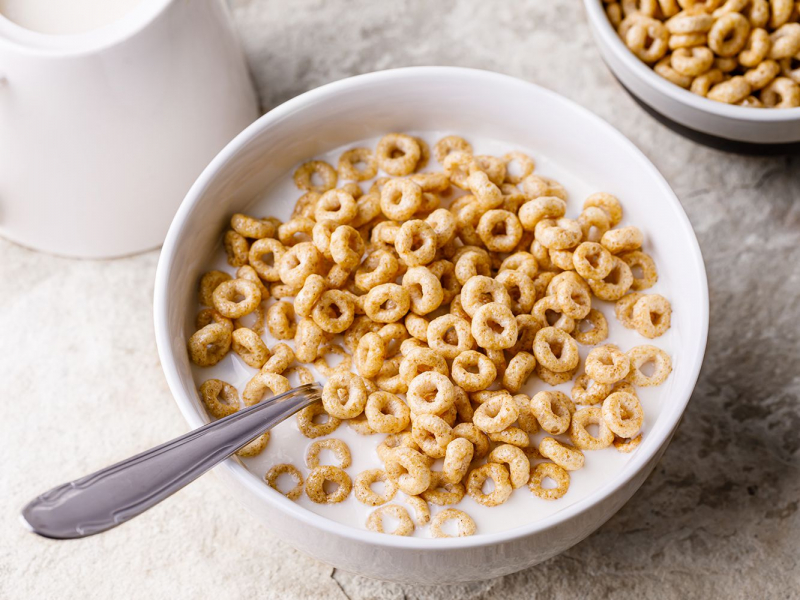
delisophy.com -
Pumpkin Seeds ranks 5th on the list of foods high in iron. These gritty seeds, which appear around Halloween, are not to be taken lightly. According to the USDA, a 1-ounce portion of raw pumpkin seeds without shells has 2.7 mg of iron, making it a rich source of iron in a variety of cuisines. Use the seeds as a crunchy topping for yogurt, cereal, or salads, or add them to homemade trail mix or bread or muffin recipes. You may eat them on their own for a quick and nutritious snack, since 1 ounce has 7 grams of protein.
The benefits of eating pumpkin seeds that not everyone knows include:
Good for heart
- Pumpkin seeds contain high levels of magnesium, which is a very important micronutrient that participates in many physiological processes in the body. In addition, it has been shown to benefit blood pressure, helping to prevent sudden cardiac arrest and coronary syndrome.
Strengthen the body's resistance
- Pumpkin seeds contain zinc, which is considered a very important micronutrient in immune activity, helping the body to fight pathogens such as viruses, bacteria... Not only that, but also nutrients. This is also good for sleep.
Prevention of type 2 diabetes
- Studies show that eating pumpkin seeds regularly improves insulin resistance and prevents diabetes complications. Eating pumpkin seeds helps people with diabetes better control blood sugar.
Reduce the risk of prostate cancer
- Pumpkin seeds are considered an important natural food for men's health. Because of the high zinc content in pumpkin, it is an important factor for prostate health. In addition, pumpkin also contains many antioxidants that help prevent prostate cancer.
Good for menopausal women
- Pumpkin seeds are rich in natural phytoestrogens and studies show that it can significantly increase blood HDL-cholesterol, which helps prevent plaque. Along with lowering blood pressure, relieves hot flashes, headaches, joint pain and other perimenopausal symptoms for postmenopausal and perimenopausal women.
Good for postpartum women
- Pumpkin seeds contain many nutrients that women need after giving birth, in addition, women after giving birth, eating pumpkin seeds also help stimulate milk production. To increase milk for women after giving birth, it is necessary to pound raw pumpkin seeds from 15-20g each time, twice a day.
Reduce the risk of depression
- Tryptophan in pumpkin seeds works against depression, in the body it is converted into niacin and steroids to help fight negative emotions and avoid depression. In addition, tryptophan also helps the body have a better sleep, eating 1 to a few hours before going to bed helps you sleep better.
Pumpkin seeds have anti-inflammatory effects
- The oil in pumpkin seeds has been found to have anti-inflammatory effects. One animal study even found it to be as effective as the anti-inflammatory drug indomethacin used to treat arthritis. So eating pumpkin seeds can reduce joint pain.
Provides the necessary amount of omega-3 for the body
- Raw nuts and seeds, in which pumpkin seeds are also one of the best sources of plant-based omega-3s such as alpha-linolenic acid... are abundant.
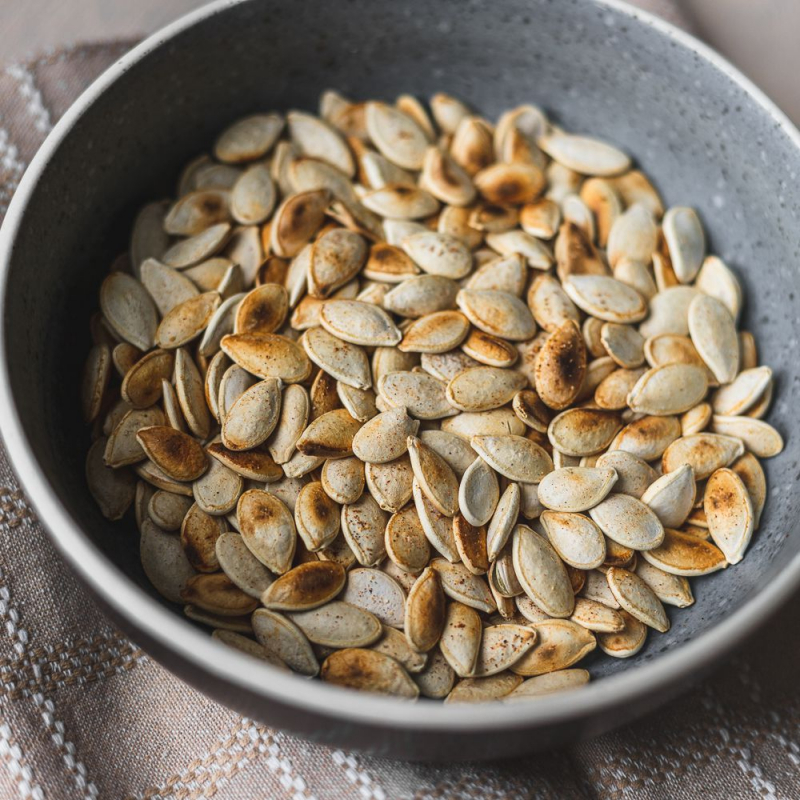
vietnamese.alibaba.com 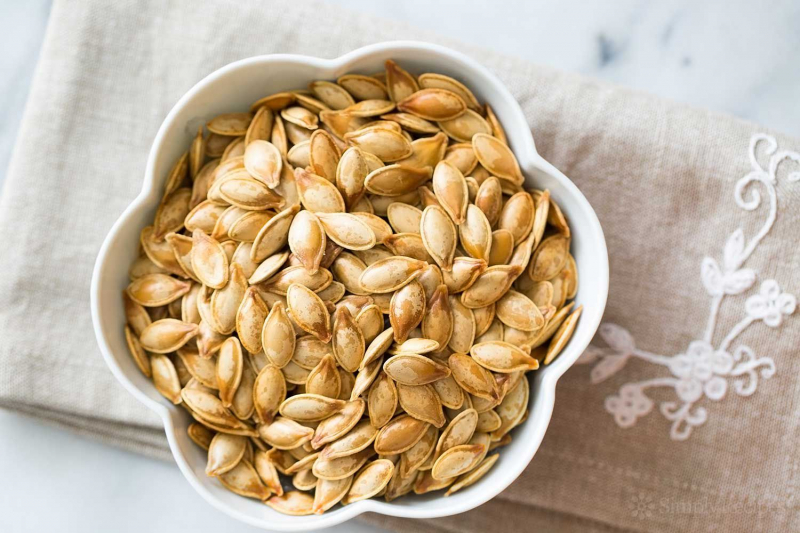
simplyrecipes.com -
Edamame is a low-carbohydrate meal. A 160-g cup of edamame contains 13.8 g of carbs from a trusted source. People who follow a ketogenic diet eat a diet that is 70% fat, 20% protein, and 10% carbohydrates, however how they do so varies depending on whatever form of the keto diet they are following. If you're on a keto diet, you should think about how much carbohydrate is in your edamame meal and how it fits into your diet. A person may want to seek counsel from a dietician if the diet has been recommended.
According to the USDA, a cup of raw green soybeans provides approximately 9 mg of iron, making them a good source of the vitamin. Not to mention, they're a wonderful source of minerals like copper, which, according to the National Institutes of Health, helps keep blood vessels and the immune system healthy. In addition to providing plant-based protein, a cup of soybeans is a decent source of copper and an outstanding supply of manganese and fiber. Largeman-Roth suggests using soybeans in stir-fries or dipping edamame in a sauce. Soy beans are also a wonderful complement to pasta meals, or you can simply eat them steamed and dusted with a little sea salt on their own.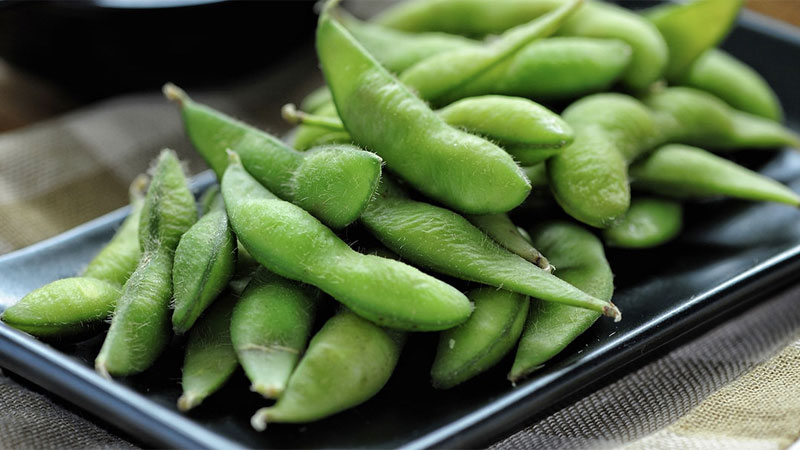
bachhoaxanh.com 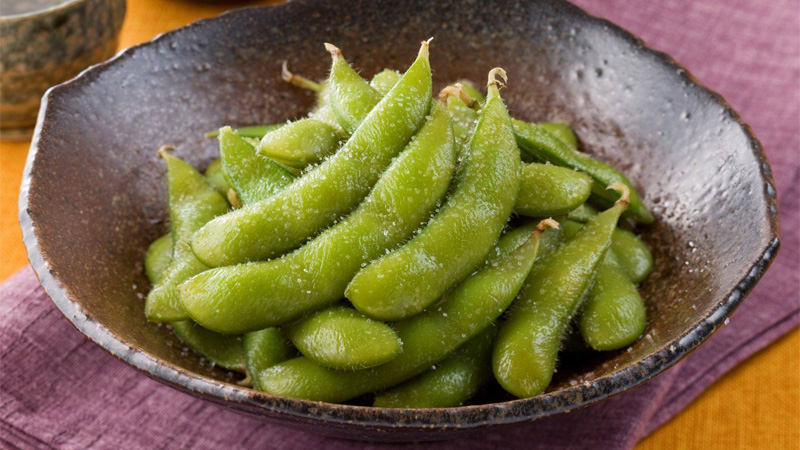
bachhoaxanh.com -
Black Beans ranks 7th on the list of foods high in iron. According to the USDA, boiled black beans provide 3.61 mg of iron per cup, making them a great source of iron. Pair them with healthful foods like kale, bell peppers, broccoli, or cauliflower to boost iron absorption. Those foods are abundant in vitamin C, which aids in the absorption of non-heme iron, according to MedlinePlus. Toss beans into a salad, make a dip with them to eat with raw vegetables, or toss them into a stir-fry. The possibilities for using a can of black beans in a meal are numerous! If you want a little more variety, kidney, pinto, and fava beans all contain iron, according to the USDA.
Black beans in cans are a nutrient-dense food with a long list of health advantages. Canned meals, on the other hand, have some drawbacks. For starters, they're usually high in salt because it's added during the canning process. One cup (180 grams) of canned black beans, for example, has 27% of the daily value for salt.
While your body need salt for a variety of activities, persons with salt sensitivity may experience an increase in blood pressure if they consume too much of it. Nonetheless, research suggests that draining and rinsing canned beans reduces the salt amount significantly. Otherwise, try to stick to low-salt options. Second, bisphenol A (BPA), a synthetic chemical used as a protective liner inside metal-based food and beverage cans, may be present in canned foods.
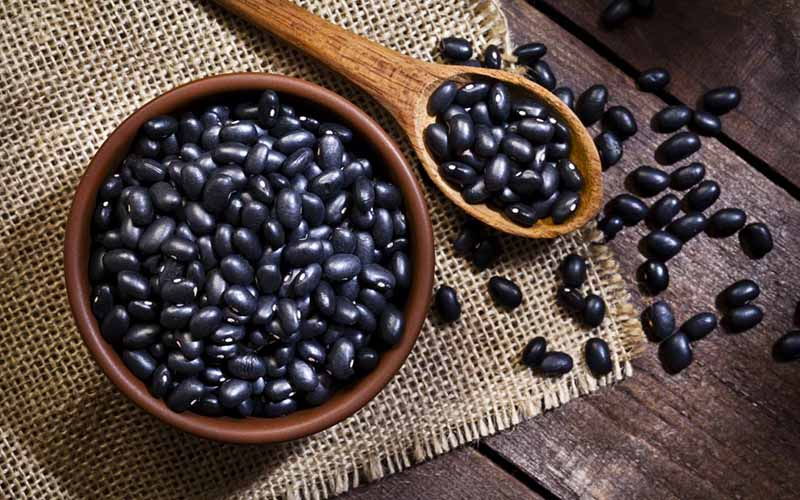
bachhoaxanh.com 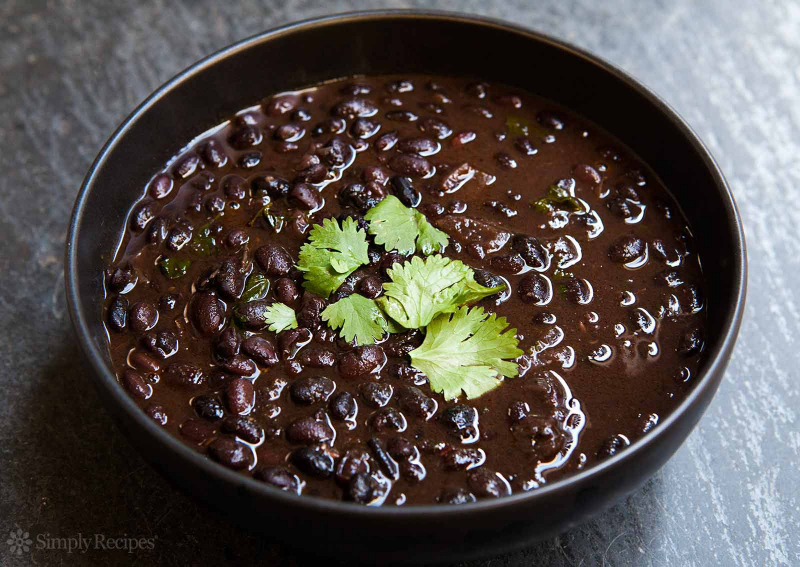
bachhoaxanh.com -
In the iron sector, lentils are another legume worth mentioning. According to the USDA, cooked lentils provide an excellent source of the mineral, with 6.59 mg per cup. They also provide 15.6 g of fiber per cup, making them a good source of fiber. According to the Harvard T.H. Chan School of Public Health, fiber may help decrease cholesterol and normalize blood sugar levels. Lentils are also a highly adaptable component in the kitchen, working well in everything from soups and salads to burgers and chili.
Lentils are affordable and have a long shelf life, making them a good item to keep on hand in the pantry. Black, brown, red, and green are some of the colors available. They're available in dried form in bags or ready-to-eat in cans. Dried lentils, unlike other dried beans, do not need to be soaked before cooking. To cook dried lentils, rinse them thoroughly in a fine mesh sieve to remove any debris. Then cook according to the package directions in boiling water. Cooked lentils can be used in soups, stews, chilis, and curries, as well as salads, burgers, and breakfast.
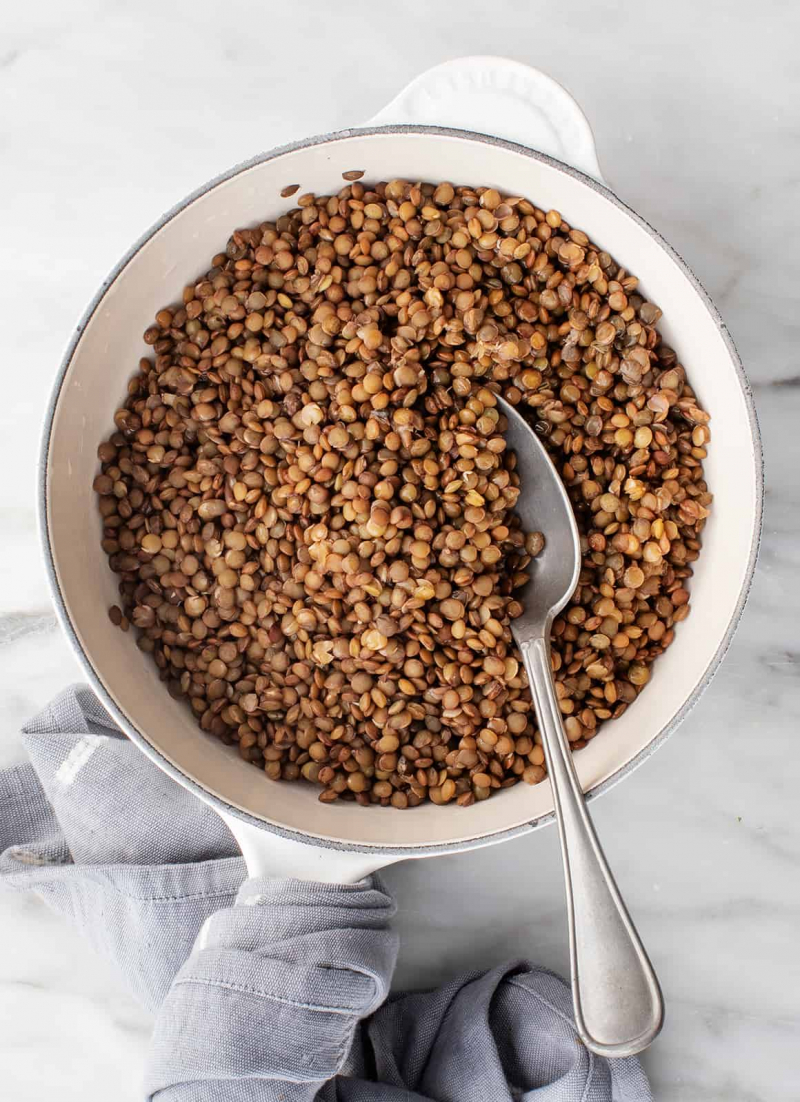
loveandlemons.com 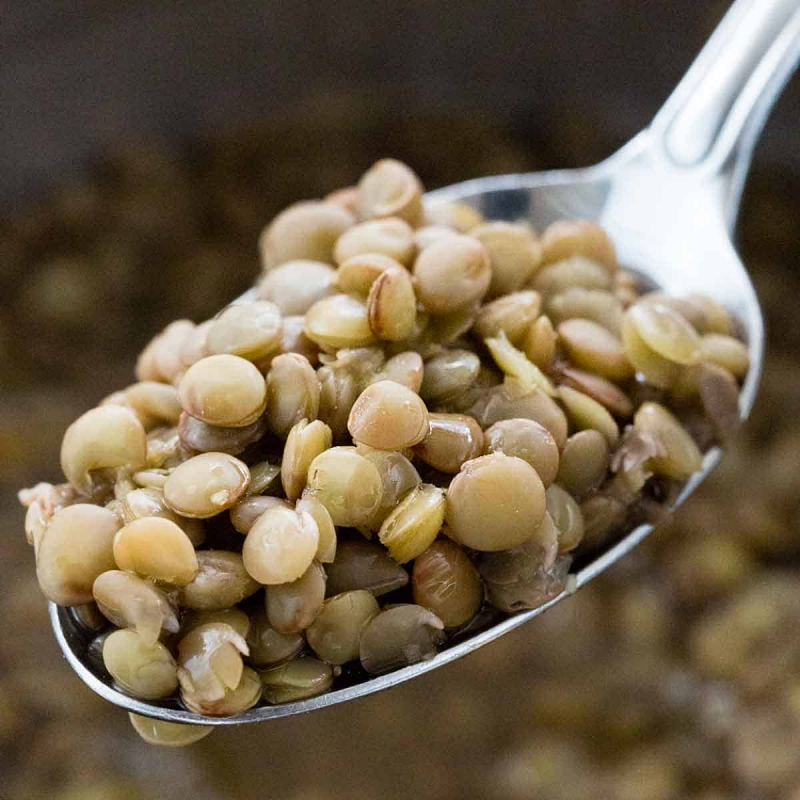
.jessicagavin.com -
Spinach is a great source of iron no matter how you prepare it. 1 cup of this nutritious green (frozen and then boiled) has 3.72 mg of iron, as well as some protein, fiber, calcium, and vitamins A and E, according to the USDA. Calcium is required for strong bones, according to the Mayo Clinic; vitamin A is good for your vision and immunity, according to the Mayo Clinic; and vitamin E is good for your vision, blood, brain, and skin, according to the Mayo Clinic. According to the USDA, the same serving size of raw spinach, which is more loosely packed than cooked spinach, contains nearly 1 mg of iron, providing part of the mineral.
While the leafy green has a bad reputation for taste, especially among children, it's a simple ingredient to sneak into recipes undetected for a secret iron boost (and, as a non-heme iron source, it's especially beneficial when paired with foods high in vitamin C, such as some vegetables, according to Anzlovar and research). Largeman-Roth says, "I enjoy incorporating sautéed spinach in vegetable lasagna." "It's also good in little frittatas, which my kids really like." If the idea of eating spinach in a dish doesn't appeal to you, try it in a naturally sweet fruit smoothie.
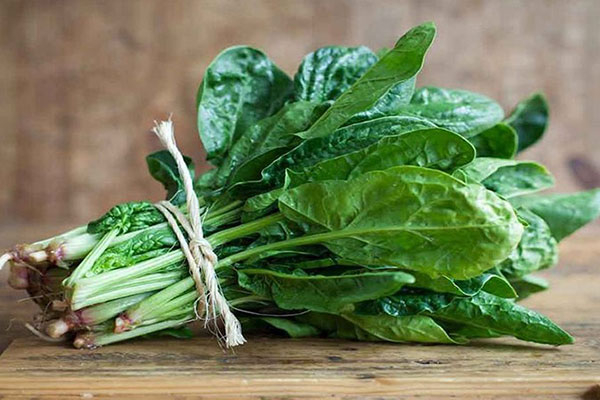
hoidaubepaau.com 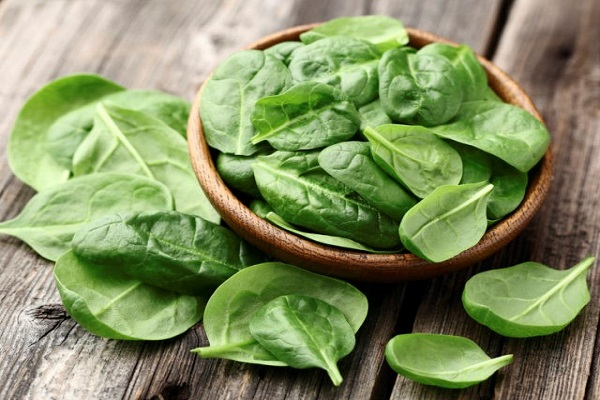
hoidaubepaau.com -
The paste made from black sesame seeds is known as black sesame. It's the same dark black color as the seeds. In Japanese, this paste is known as neri goma. Depending on where the sesame paste comes from, it might be salty or sweet. In Japanese cooking, for example, this paste is generally made with a sweetener and used in pastries and other sweet foods. "Sesame seeds have a delicious nutty flavor and are high in iron," Largeman-Roth says. According to the USDA, the seeds contain 1.31 mg of iron per tablespoon and a plethora of other critical elements, including copper. They're also high in phosphorus, vitamin E, and zinc.
Sprinkle the seeds on a salad for an easy method to include them in your diet: Each tablespoon adds over a milligram of iron to your daily total - and when you're aiming for 18 mg per day, every bit helps! Kuki Sangyo Black Sesame Latte (Unsweetened) (100g) and Kuki Sangyo Black Sesame Latte (Sweet) (100g) are two beverages that employ black sesame powder (150g). These delectable latte mixes have a delightful nutty flavor and may be mixed with milk for a coffee substitute. You can use this powder in a variety of ways, including as an ice cream topping.
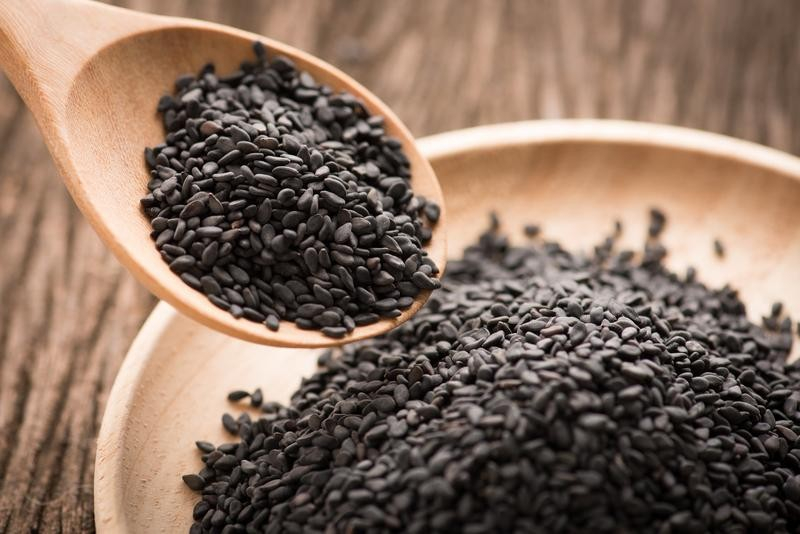
.bachhoaxanh.com 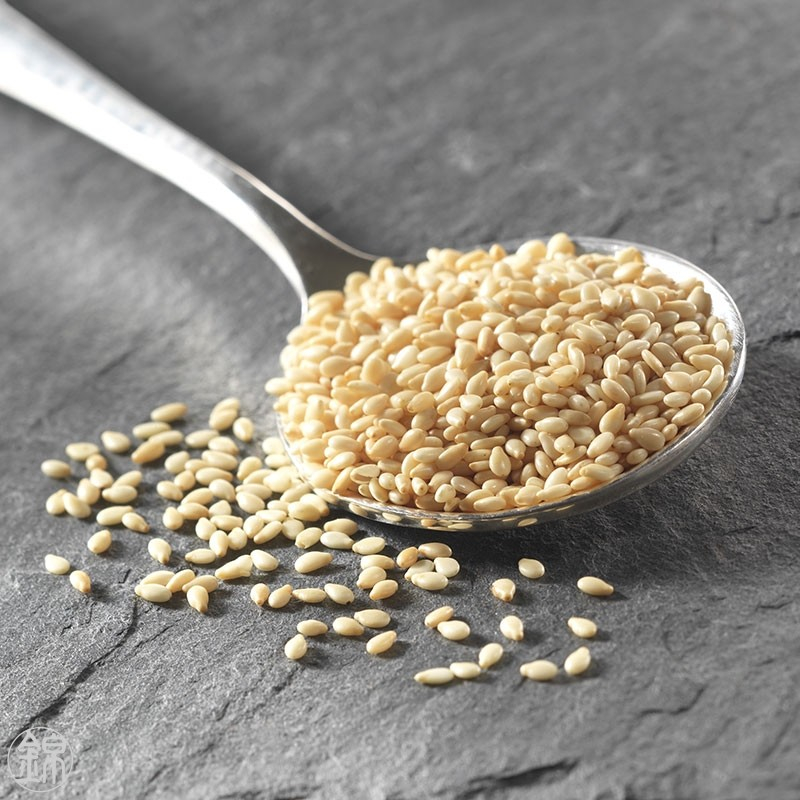
.bachhoaxanh.com












